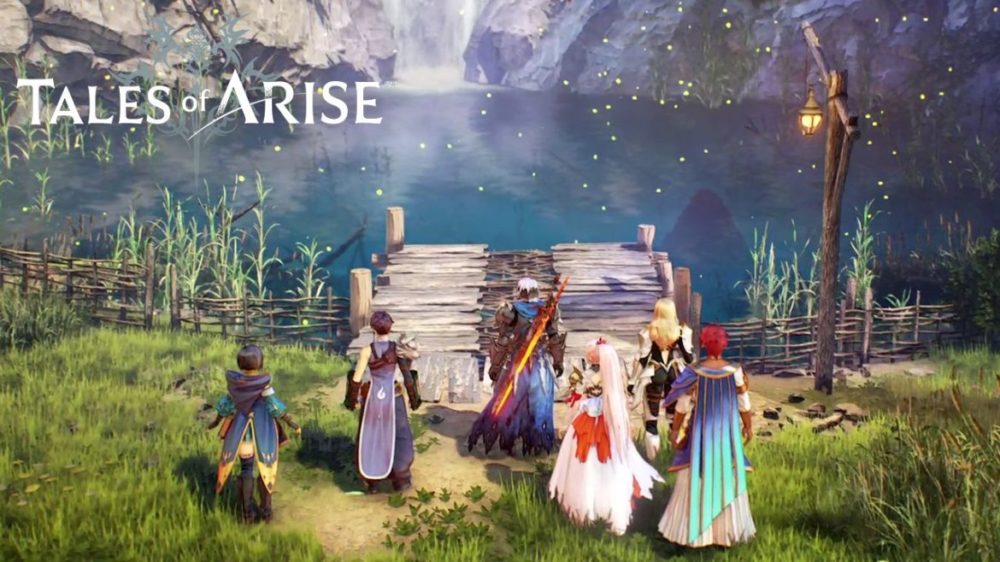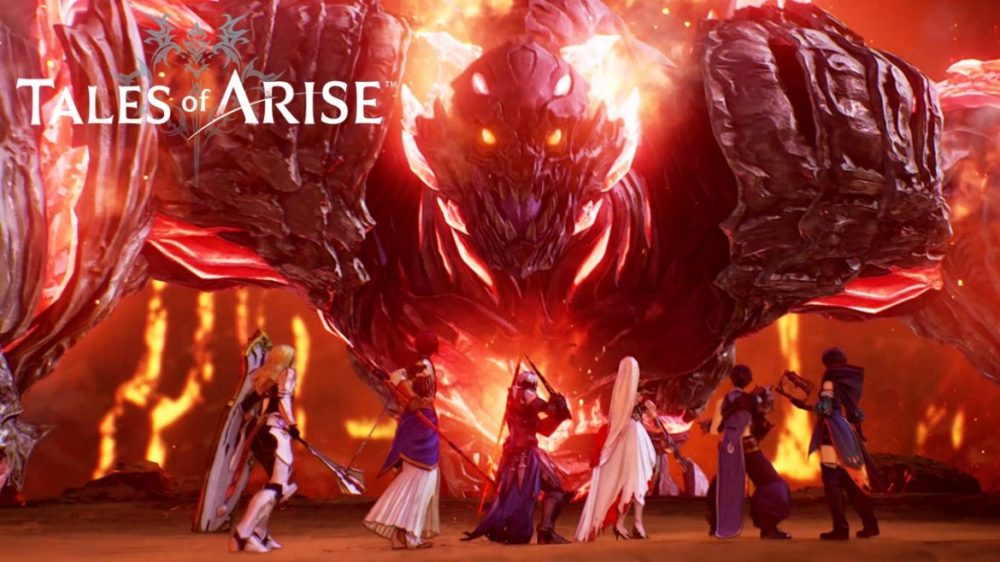TL;DR
Tales of Arise is a visually stunning JRPG celebrating the series' 25th anniversary, offering a rich narrative of oppression and rebellion across a beautiful anime-inspired galaxy. Expect familiar JRPG mechanics, deep character development, and satisfyingly fast-paced, action-oriented combat reminiscent of Monster Hunter. While the game boasts extensive content, including side quests and mini-games, be prepared for a long playtime and some questionable microtransactions. If you're a JRPG fan or curious about the series, this is a must-try. Dive into the full review to see if it's your next epic adventure!
The Tales of series has enjoyed considerable popularity in Japan for the past 25 years. However, it has yet to achieve widespread recognition in Western markets, appealing primarily to dedicated JRPG enthusiasts. To commemorate its 25th anniversary, Bandai Namco has launched a significant initiative with Tales of Arise, releasing it on all major platforms. Players will find themselves immersed in a captivating world that offers a prolonged and engaging experience.

Following an energetic J-pop track set against an anime backdrop, the game transitions into a refined and compelling adventure. The narrative unfolds in a galaxy where the planet Dahna has been under the oppressive rule of its technologically advanced neighbor, Rena, for three centuries. The Dahnans are enslaved by the “glowing, blue-eyed” Renans. Players assume the role of Iron Mask, a mysterious, pain-insensitive man. As a reluctant member of the Dahnan resistance, he becomes entangled with Shionne, a formidable Renan warrior princess burdened by a peculiar curse. As their paths intertwine, Iron Mask’s true identity and destiny are revealed in an adventure far exceeding his initial expectations.
Those familiar with Japanese role-playing games, or previous titles in the series such as Tales of Vesperia / Berseria, will find the gameplay mechanics and overall structure immediately familiar. While the initial tone is somewhat darker and the setup deviates slightly from previous installments, the core elements of the series quickly re-emerge: a close-knit group embarking on adventures, engaging in both playful and heartfelt dialogue, and each character possessing a unique backstory. Character development is a key strength of Tales of Arise. Furthermore, the next-gen presentation on Xbox Series X (the platform used for this review, targeting 4K/60fps or a stable 1620p/60fps) showcases visually stunning anime-inspired landscapes. The cel-shaded graphics effectively depict an expansive world featuring breathtaking mountains and seemingly endless horizons. As is typical of Japanese role-playing games, the dialogue is extensive, and the game provides a rich tapestry of characters without explicitly guiding the player through every detail. The dialogue is fully voiced and offers a choice between English and Japanese audio.

Similar to the dialogue, Tales of Arise offers an abundance of content. Players can engage in numerous side quests, mini-games (fishing proves surprisingly enjoyable), item crafting, and recipe hunting reminiscent of Monster Hunter. In fact, Monster Hunter serves as a suitable point of reference for the overall gameplay experience, as the action-oriented combat bears a strong resemblance to Capcom’s design. The battles also exhibit elements of Final Fantasy, with arena-style environments and the ability to execute coordinated attacks with AI-controlled party members. Players can customize the AI behavior to prioritize attack, defense, or healing. Character progression follows a typical pattern, with skill trees unlocking new abilities gradually, preventing the system from becoming overwhelming early in the game.
As with the Final Fantasy remake, the battles can occasionally become visually cluttered as multiple characters unleash special attacks (referred to as astral artes) simultaneously, resulting in a screen filled with explosions and particle effects, making it difficult to discern individual actions. This is particularly noticeable during boss encounters. However, the battles generally feel engaging and dynamic, emphasizing blocking and dodging, which are rewarded with strategic advantages. The combat is visually impressive, featuring vibrant colors and flashy attacks when executed successfully. Players can choose between manual, semi-automatic, and fully automatic control schemes, as well as adjust the overall party strategy.

A notable omission in this installment is the absence of a co-op mode, a feature that would have enhanced the overall experience. Playing with human partners invariably elevates the enjoyment compared to relying solely on AI companions. Unlike previous entries in the series, Tales of Arise does not offer this functionality. Furthermore, as with many games in the genre, the game boasts a considerable playtime. With its numerous mini-games and side quests, completing the main storyline can easily require 50 hours. While this may not be an issue for players with ample time or those who purchase games infrequently, multi-platform owners with limited availability may find that this title joins the ranks of games awaiting completion.
The extended playtime also raises concerns regarding microtransactions, which are generally viewed with skepticism in full-priced games. While the publisher provided boosters for this review, which proved helpful, the option to purchase cosmetic items and resources is acceptable. However, the ability to circumvent extensive grinding through in-game purchases, as seen in the criticized Star Wars: Battlefront 2, feels inherently unfair and indicative of poor game design. The absence of a “story” mode tailored for beginners or players who prefer not to invest excessive time in character progression is also a drawback. While Assassin’s Creed shares this issue, the in-game availability of upgrades is more readily accessible.

In summary, Tales of Arise is a must-have title for fans of Japanese role-playing games. It delivers virtually all the core elements expected of a high-quality, modern JRPG, complemented by a stylish presentation on next-generation consoles and high-end PCs (the PS5 version incorporates haptic feedback in the controller). However, the lengthy playtime, coupled with questionable microtransactions and the dense narrative with its numerous characters, may not appeal to all players. Consequently, it remains to be seen whether the game will achieve the widespread appeal that Bandai Namco anticipates. Regardless, prospective players should download the free demo to experience the game firsthand, even if they are typically averse to action-oriented JRPGs.
You might be pleasantly surprised.

